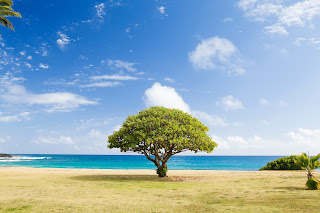Recipe: How to make green tea seafood aglio e olio
Green tea contains amino acid called teanine, which is a substance full with umami, helping enhancement of flavor. While enhancing the rich flavor of the ingredients, it also assist to cut bad smell of the food, very suitable when cooking seafood.
Today we will share a recipe of green tea aglio e olio pasta. Dried Green tea leaves act as herbs and you will be surprised how round the pasta will taste!
How to make green tea seafood pasta
Ingredients
pasta...200g
shrimp...as many as you like
tomato...as many as you like
olive oil...1 spoon
garlic...1 clove
chili...preferred amount
dried green tea leaf...1~2 spoons
soy sauce...few drops
pasta...200g
shrimp...as many as you like
tomato...as many as you like
olive oil...1 spoon
garlic...1 clove
chili...preferred amount
dried green tea leaf...1~2 spoons
soy sauce...few drops
Instructions
- boil water on a pot, and put about 1% of salt to the water. Cook the pasta.
- Heat the pan with olive oil, minced garlic, and chili (takanotsume=鷹の爪)
- When it gives off the garlic smell, put shrimp and tomato. Once cooked, use salt and pepper to season.
- Take out the pasta 1 min before the instructions on your package, and mix it in the frying pan with some spoons of the used water to cook your pasta.
- Add the green tea leaves, and stir.
- Green tea loses flavor easily from hot temperatures, so make sure it's a quick mix, and the tea leaves open.
- Add drips of soy sauce and serve on a plate.
Key Points Green tea becomes the enhancer of the ingredients
- Catechin/caffeine is harder to dissolve in water, so eating it rather than drinking it allows you to take in the nutrients.
- Even Japanese people make green tea with water that is too hot. Theanine the umami amino acid is said to be given off best in 40~60C temperatures. It might be better to brew the green tea with small amounts of warm water and add the whole thing to the pasta towards the last phase of the cooking. We'll experiment and let you know what worked best for us!
- You don't really need the bitterness of green tea for cooking. Green tea from Kagoshima, Miyazaki, and other Kyushu areas has rounder umami-rich teas than the traditional ones. It will be easier to drink and easy to use for cooking :)
Follow me for more to come :)
In this blog, I post my food trips around the world, as insights into Japanese food in comparison to all the different cuisines I encounter through my trips.
I have traveled to many places in Japan, so I will be sharing what I know to better plan your trip to my home country, Japan!
- Youtube channel
- Twitter
- Instagram
- In this blog, I post my food trips around the world, as insights into Japanese food in comparison to all the different cuisines I encounter through my trips.
I have traveled to many places in Japan, so I will be sharing what I know to better plan your trip to my home country, Japan!
- Youtube channel



Comments
Post a Comment